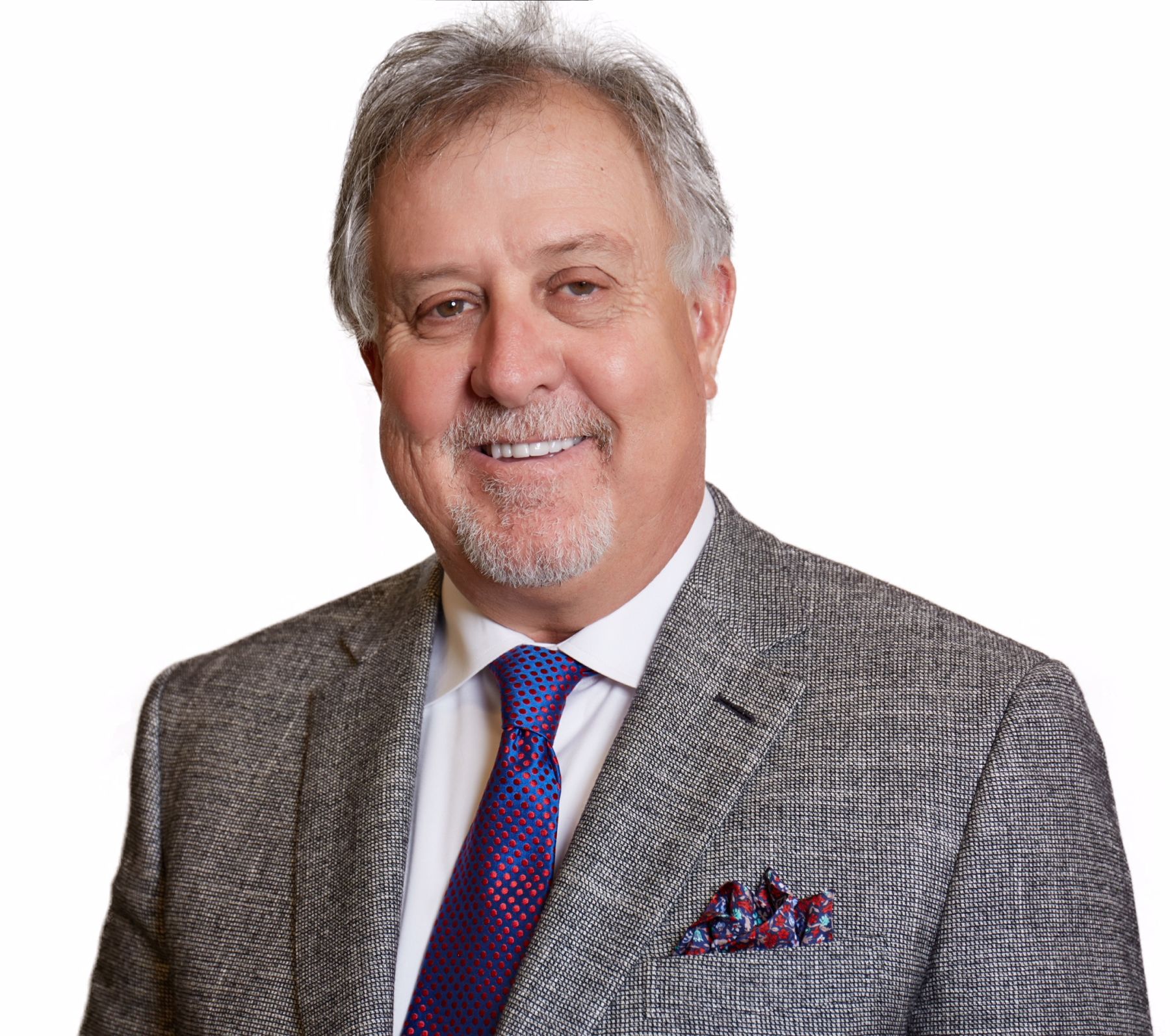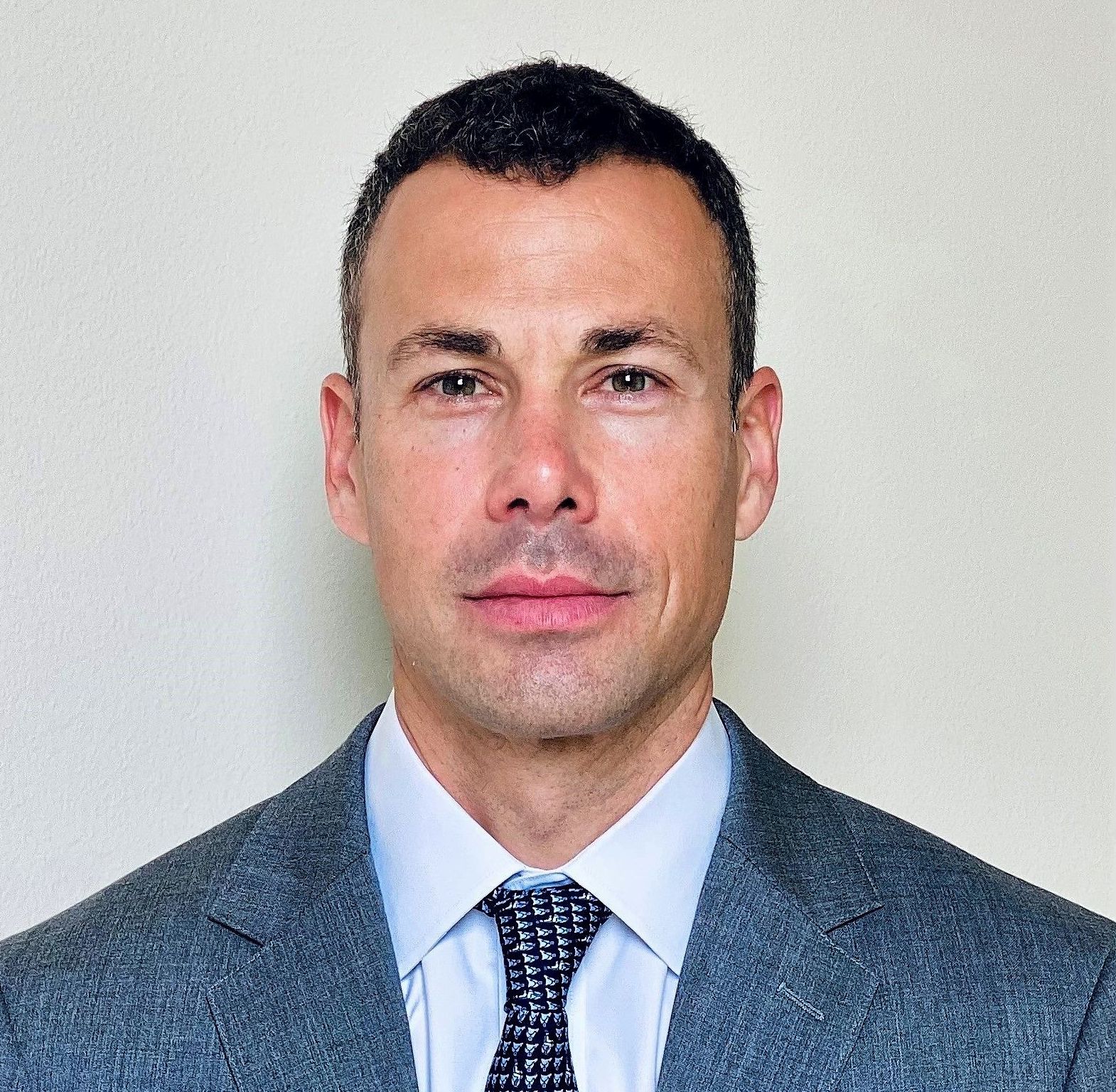
Bobby Riley, CEO, Riley Exploration Permian (REPX)

Philip Riley, CFO, Riley Exploration Permian (REPX)
Bobby D. Riley was appointed as the Chairman of Riley Exploration Permian, Inc.’s (REPX) board of managers, President and Chief Executive Officer in June 2016.
Mr. Riley also served as the Chief Executive Officer of REG from when it was founded in 2012 to May 1, 2018.
Mr. Riley began his oil and gas career with Cameron Iron Works in Houston, Texas, in 1974.
Philip Riley was appointed as Exploration Permian, Inc.’s Chief Financial Officer on September 1, 2021.
Previously, he served as the company’s Executive Vice President – Strategy beginning in March 2021. Mr. Riley has more than 20 years of experience across energy and other industries as an executive officer, investor, and strategic advisor.
In this 2,426 word interview in the Wall Street Transcript, these two leaders of Riley Exploration Permian (REPX) detail the investment profile for their company.
“Our company, Riley Exploration, is an oil and gas exploration and production company.
It’s focused in the Permian Basin, specifically on and around the northwest shelf. We are a conventional reservoir-based company.
In other words, we’re not involved in unconventional shale production.
We produce oil, primarily from the San Andres formation, which is a conventional reservoir. This particular reservoir is in Yoakum County, Texas.
We have approximately 25,000 net acres, contiguous to the large Wasson Field, which is operated by some of the majors like Exxon, OXY, Apache, along with a few other independents.
This field is one of the largest conventional fields in the state of Texas that’s been producing since the 1920s. It’s undergone waterflood and subsequently CO2 enhanced recovery. It has recovered approximately 2.3 billion barrels of oil since it started production and is still very active today. We are a direct offset to this field in the same reservoir…
All of our crude is sold through a pipeline system. We don’t truck any of our barrels to market. It all goes through a gathering system, and it has outlets to three specific markets in the Permian Basin and access also to the Gulf Coast.”
The company operates in a disciplined manner to provide consistent divident cash flow to investors.
“…If you look at your total production curve, the sum of all of the wells, basically, because it’s a flatter curve, it takes fewer new wells on a yearly basis to hold that production flat or to even create a slight growth, and it’s well within our cash flow.
And we have a specific financial model where we try to allocate about 65% to 70% of our cash flow to drilling and completion to maintain and grow the “wedge,” roughly 20% of our cash flow to dividend distributions and the rest to slight pay down on what existing debt we do have.
But that PDP wedge basically, year over year, it’s growing with minimal dollar investments.
So I guess it’s been said that in the unconventional world, you’re on a treadmill trying to drill wells fast enough to stay ahead of the rapid decline. So we’re contrary to that. In other words, with the production being flat, it’s easy to grow production with minimal dollars.”
The location in the Permian Basin has significant implications for this production company.
“The Permian Basin, primarily over the last decade, has been developing unconventional shale resources, again, that have a very significant decline curve.
From the first day of production through the first couple of years, you might see 80%, 85%, 90% decline compared to our model; we’re in a conventional reservoir which has a much, much less decline and a much flatter type curve.
When activity stops in the unconventional world, production drops significantly because you’re not drilling fast enough to offset production.
In our model, we’re not an unconventional player but we’re a conventional player.
The production does not fall as fast. And as we alluded to earlier, it takes less capital to hold the production flat or slightly grow production.
Because of the inventory of wells that we have left to drill on our footprint and our disciplined capital allocation from our company, we will continue to grow year over year and with investing well within our cash flow.
That’s different from what the rest of the industry looks like without significant capital spending…
at the end of our fiscal year 2021, we had 72 million barrels of equivalent of proved reserves. For that year, we produced 3.1 million.
And so, that corresponds to over a 22-year life. That’s a ratio R over P — reserves over production — almost a 23-year reserve life.”
These two experienced oil industry executives look at stability into the future as their main priority.
“…We’ve been a conservative developing company that doesn’t get ahead of itself by taking on excessive amounts of leverage.
So our philosophy in the past has always been to minimize leverage, maximize our opportunities by living within cash flow.
We established a dividend payment.
It’s very important to the philosophy and to this company to maintain and grow that dividend going forward. I think it right now represents something like a 5% yield, based upon our current share price. But I think that we’re going to be fairly predictable about what we spend and how our growth looks in the future.”
Get the complete detail on the investor friendly Riley Exploration Permian (REPX) by reading the entire 2,426 word interview, exclusively in the Wall Street Transcript.
Bobby D. Riley, Chairman, President & CEO
Philip Riley, CFO
www.rileypermian.com
email: ir@rileypermian.com
Michael Kors Holdings Limited (KORS) An Attractive Option For Investors Who Want Exposure To Specialty Retail
December 10, 2013
Janus Henderson Investors Move the Market for their Favorite Oil & Gas Stocks
January 25, 2019
David Stonehouse Shows Investors How to Hedge Their Bets
July 05, 2019
Tesla Bear Thinks Investors Should Look to Shift their Focus to Stock Value Not Growth
July 15, 2019
Arnim Holzer Wants His Investors to Sleep Soundly as He Manages Their Portfolio
December 16, 2019